Home>Articles>Do You Close The Vent When Slow Cooking With An Electric Pressure Cooker
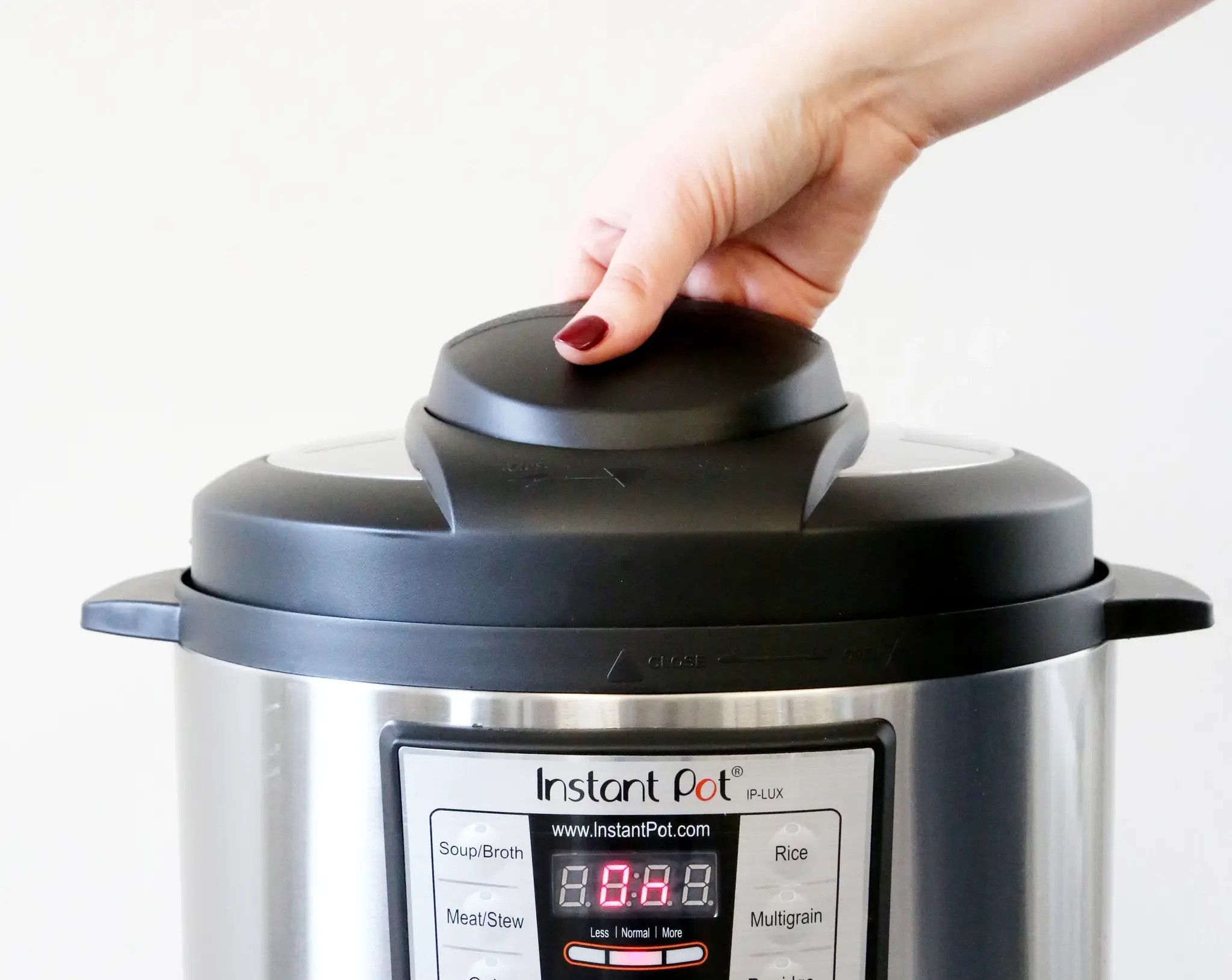

Articles
Do You Close The Vent When Slow Cooking With An Electric Pressure Cooker
Modified: January 5, 2024
Discover the ultimate guide to using an electric pressure cooker for slow cooking. Learn whether you should close the vent for the best results. Find more articles on this topic.
(Many of the links in this article redirect to a specific reviewed product. Your purchase of these products through affiliate links helps to generate commission for Storables.com, at no extra cost. Learn more)
Introduction
Electric pressure cookers have become increasingly popular for their convenience and ability to quickly cook a variety of meals. These appliances offer a wide range of cooking functions, including slow cooking, which is great for dishes that require longer cooking times and gentle heat. However, when it comes to using the vent during slow cooking, there seems to be some confusion among users.
Understanding how the vent function works in an electric pressure cooker is essential for achieving the desired results. In this article, we will explore whether you should close the vent when slow cooking with an electric pressure cooker and the reasons behind it.
Key Takeaways:
- Closing the vent during slow cooking in an electric pressure cooker can enhance moisture retention, flavor concentration, and tenderize tough meats. However, it may extend cooking time and require careful pressure monitoring.
- Consider alternative methods such as natural release, quick release, partially open vent, or pressure adjustments to achieve similar results without potential drawbacks. Experiment and consult the user manual for safe and successful slow cooking experiences.
Understanding the Vent Function in Electric Pressure Cookers
The vent is an essential component of an electric pressure cooker that regulates the pressure inside the pot while cooking. It serves two main purposes: releasing excess steam to prevent an excessive build-up of pressure and maintaining a consistent pressure level within the cooker.
When using an electric pressure cooker, the vent is typically set to its default position, which is open. This allows steam to escape during the cooking process, preventing the pressure from getting too high. As a result, the food inside the cooker cooks more evenly and quickly.
However, in certain cooking techniques like slow cooking, you may be tempted to close the vent to retain more moisture and flavor. While this might seem like a logical choice, it is important to understand the implications and potential impact on the cooking process.
Slow cooking usually involves foods that require longer simmering or braising times at lower temperatures. By closing the vent, you essentially trap all the steam and moisture inside the pressure cooker, creating a sealed environment. This can result in slower cooking and a build-up of pressure despite the lower temperature setting. It can also affect the flavors and textures of the food.
It’s important to note that different models of electric pressure cookers may have different vent designs and capabilities. Some models may have a lever-style vent valve that can be set to different positions, while others may have a fixed vent that cannot be closed. Therefore, it is crucial to consult the user manual of your specific electric pressure cooker model to understand its vent function and recommendations.
Slow Cooking with an Electric Pressure Cooker
Slow cooking is a popular method for preparing delicious and tender dishes that require longer cooking times. Traditionally, slow cooking is done in a crockpot or a slow cooker. However, many electric pressure cookers also offer a slow cooking function, providing a convenient alternative.
With an electric pressure cooker, you can achieve the same slow-cooked results, but in a fraction of the time. The combination of pressure cooking and low-temperature settings in a single appliance makes it a versatile kitchen tool. Slow cooking in an electric pressure cooker allows you to achieve tender meats, flavorful stews, and perfectly cooked beans, all with the convenience and speed of a pressure cooker.
When slow cooking with an electric pressure cooker, it’s important to consider the cooking time and temperature settings. Unlike traditional slow cookers, electric pressure cookers allow you to adjust the cooking time and temperature to suit your needs. This flexibility gives you the freedom to experiment with different recipes and achieve optimal results.
Depending on the recipe and desired outcome, you may need to adjust the cooking time and temperature accordingly. Slow cooking in an electric pressure cooker typically involves setting the temperature to a lower level and extending the cooking time. This gentle and prolonged cooking process allows the flavors to develop, while ensuring that the ingredients are cooked thoroughly.
One advantage of using an electric pressure cooker for slow cooking is that it retains the moisture in the food. The sealed environment of the pressure cooker locks in the natural juices, resulting in succulent and flavorful dishes. This is particularly beneficial for meats that tend to dry out during extended cooking times.
Overall, slow cooking with an electric pressure cooker offers convenience, versatility, and the ability to achieve tender and flavorful results. However, it is important to understand the impact of the vent function on the cooking process and whether you should keep it open or closed during slow cooking. Let’s explore this further in the next section.
Should You Close the Vent When Slow Cooking?
The decision to close or open the vent when slow cooking with an electric pressure cooker ultimately depends on your specific recipe and desired outcome. While some recipes may benefit from keeping the vent closed, others may require the vent to remain open. Here are some factors to consider when deciding whether to close the vent:
1. Recipe Requirements: Some recipes may specifically call for the vent to be closed during slow cooking. These recipes typically require a more concentrated flavor or a specific texture. In such cases, it is important to follow the recipe instructions carefully to achieve the desired results.
2. Moisture Retention: Keeping the vent closed during slow cooking can help retain moisture and create a more succulent dish. This is particularly beneficial for recipes that involve meats or dishes that require a moist cooking environment, such as stews or braised dishes.
3. Time Considerations: Slow cooking is all about allowing the ingredients to cook slowly at a lower temperature over an extended period. Keeping the vent closed may slow down the cooking process even further, which can be advantageous if you want the flavors to develop gradually and the meat to become more tender.
4. Pressure Build-Up: One potential drawback of closing the vent is that it can lead to a build-up of pressure even on the lower temperature settings. This may affect the cooking time or cause the pressure cooker to activate its safety features. If you choose to close the vent, it’s essential to monitor the pressure levels and follow the manufacturer’s instructions to ensure safe operation.
5. Flavor and Texture: It’s important to consider how closing the vent might impact the final flavor and texture of your dish. Some recipes may benefit from the concentration of flavors when the vent is closed, while others may turn out overly soft or mushy. Experimentation and tasting are crucial to finding the right balance for your specific recipe.
Ultimately, the decision to close or open the vent when slow cooking with an electric pressure cooker will depend on your personal preference and the specific recipe you are following. It’s always a good idea to consult the manufacturer’s guidelines and to experiment with different settings and techniques to find what works best for you.
Yes, it’s important to close the vent when slow cooking with an electric pressure cooker to build up pressure. This will ensure that your food cooks properly and efficiently.
Advantages of Keeping the Vent Closed
While there are different opinions on whether to keep the vent closed during slow cooking with an electric pressure cooker, there are some potential advantages to consider. Here are a few advantages of keeping the vent closed:
1. Moisture Retention: Closing the vent creates a sealed environment inside the pressure cooker, which helps retain moisture in the food. This can result in more succulent and tender dishes, especially when slow cooking meats or braising ingredients.
2. Enhanced Flavor Concentration: When the vent is closed, the flavors of the ingredients have less opportunity to escape. The steam and aromas circulate within the pressure cooker, allowing for a more concentrated flavor profile. This can be particularly desirable in dishes that require a robust and intense flavor.
3. Tenderizing Tough Cuts of Meat: For tough cuts of meat, keeping the vent closed can help break down the collagen and fibers more effectively. The slow cooking process, combined with the trapped moisture, allows the meat to become tender and juicy.
4. Slow Infusion of Flavors: Closing the vent allows the food to simmer gently in its own juices, allowing the flavors to meld and infuse over time. This can lead to deep and complex flavor development in dishes like stews, curries, or soups.
5. Reduction of Cooking Liquid: When the vent is closed, the evaporation of cooking liquid is minimized. This can be advantageous when you want to reduce or concentrate the sauces or gravies in your recipes, resulting in richer and more flavorful sauces.
It’s important to note that not all recipes and ingredients will benefit from keeping the vent closed. Some delicate foods or dishes that require a specific texture may be better suited to having the vent open during slow cooking. Experimentation and understanding the nuances of your specific electric pressure cooker model will help you determine the best approach for your desired outcomes.
Read more: How Do You Clean An Electric Pressure Cooker
Disadvantages of Keeping the Vent Closed
While there are advantages to keeping the vent closed during slow cooking with an electric pressure cooker, there are also several potential disadvantages to consider. Here are a few drawbacks of keeping the vent closed:
1. Extended Cooking Time: Closing the vent during slow cooking can prolong the cooking time. The trapped steam and moisture create a sealed environment, which may require additional time for the ingredients to reach the desired level of doneness. This can be a drawback if you’re looking for a quicker cooking process.
2. Pressure Build-Up: Even on low-temperature settings, closing the vent can cause the pressure to build up inside the electric pressure cooker. This may lead to a longer cooking time or trigger the pressure cooker’s safety features, causing interruptions in the cooking process. It’s important to monitor the pressure levels and follow the manufacturer’s instructions for safe operation.
3. Texture Changes: Some dishes may not respond well to the moist and sealed cooking environment created by closing the vent. For example, dishes that require a crispy or crunchy texture, such as roasted vegetables or certain casseroles, may become softer or lose their desired texture when cooked with the vent closed.
4. Limited Evaporation: When the vent is closed, there is limited evaporation of cooking liquids, which may result in thinner or less concentrated sauces or gravies. This can be a disadvantage if you’re aiming for a thicker or more reduced sauce consistency in your dish.
5. Flavors Concentration: While flavor concentration can be an advantage of keeping the vent closed, it can also lead to overly intense or overpowering flavors in some dishes. Some delicate ingredients or flavors may become overwhelmed when cooked in a sealed environment, resulting in a less balanced taste.
It’s important to consider these potential disadvantages and weigh them against the advantages before deciding whether to keep the vent closed during slow cooking. Each recipe and ingredient may have different requirements, so it’s essential to experiment and find the best approach that suits your specific cooking goals and desired outcomes.
Alternatives to Closing the Vent
If you prefer not to close the vent when slow cooking with an electric pressure cooker, there are alternative methods you can consider to achieve similar results. These alternatives allow for proper pressure regulation while still maintaining the desired moisture and flavor retention. Here are a few alternatives to closing the vent:
1. Natural Release Method: Instead of closing the vent, you can opt for the natural release method. After the cooking time has elapsed, simply turn off the pressure cooker and allow the pressure to release naturally. This gradual release of pressure helps retain moisture in the food while preventing the overcooking or mushy texture that can occur when keeping the vent closed for an extended period.
2. Quick Release & Open Lid: Another alternative is to use the quick release function on your electric pressure cooker. This method allows you to release the pressure quickly by manually opening the vent valve. Once the pressure is released, carefully open the lid to prevent condensation from dripping back onto the food. This method helps maintain the desired texture and prevents the risk of overcooking.
3. Partially Open Vent: If you prefer to have some pressure release during slow cooking, you can partially open the vent. This allows for a controlled release of steam while still maintaining a moist cooking environment. It’s important to note that the extent to which you open the vent may vary depending on the specific recipe and desired outcome, so experimentation and monitoring are key.
4. Adjusting Pressure Settings: Some electric pressure cookers allow you to modify the pressure settings. Lowering the pressure level while maintaining the vent open can help achieve a slower cooking process. This helps retain moisture, enhance flavor development, and prevent excess pressure build-up. Consult your user manual to understand the pressure adjustment options available on your specific model.
5. Practice and Experiment: Every electric pressure cooker model and recipe combination may behave differently. It’s crucial to practice and experiment with different cooking techniques, vent positions, and pressure settings to find the approach that works best for your specific needs. Keep notes of your adjustments and outcomes to refine your cooking skills over time.
By exploring these alternatives, you can find a method that allows for controlled pressure release and helps achieve the desired texture, flavor, and moisture retention in your slow-cooked dishes. Be sure to follow the manufacturer’s instructions and guidelines when using these alternative methods to ensure safe and successful cooking experiences.
Conclusion
When it comes to slow cooking with an electric pressure cooker, the decision to close or open the vent can have an impact on the final outcome of your dish. Understanding the vent function and considering the advantages and disadvantages of each approach is crucial in achieving the desired results.
Closing the vent during slow cooking can help retain moisture, enhance flavor concentration, and tenderize tough cuts of meat. It creates a sealed environment that allows the flavors to meld and infuse over time. However, it may also extend the cooking time and require careful monitoring of pressure levels to ensure safe operation.
On the other hand, alternatives to closing the vent, such as natural release, quick release, partially open vent, and adjusting pressure settings, offer different ways to achieve similar results without the potential drawbacks of prolonged cooking time or excessive pressure build-up.
Ultimately, the decision of whether to close or open the vent when slow cooking in an electric pressure cooker depends on your personal preferences, the specific recipe requirements, and the desired texture and flavor outcomes you aim to achieve.
Experimentation and practice will help you discover the best approach for your favorite slow-cooked dishes. Always consult the user manual of your electric pressure cooker for specific guidelines and recommendations to ensure safe and successful cooking experiences.
Remember, while the vent function plays a role in slow cooking, it is just one aspect of the overall cooking process. Mastering the techniques, understanding your equipment, and using quality ingredients will ultimately result in delicious and satisfying slow-cooked meals that you can enjoy and share with family and friends. So embrace the possibilities of slow cooking with your electric pressure cooker and let your culinary adventures unfold!
Frequently Asked Questions about Do You Close The Vent When Slow Cooking With An Electric Pressure Cooker
Was this page helpful?
At Storables.com, we guarantee accurate and reliable information. Our content, validated by Expert Board Contributors, is crafted following stringent Editorial Policies. We're committed to providing you with well-researched, expert-backed insights for all your informational needs.
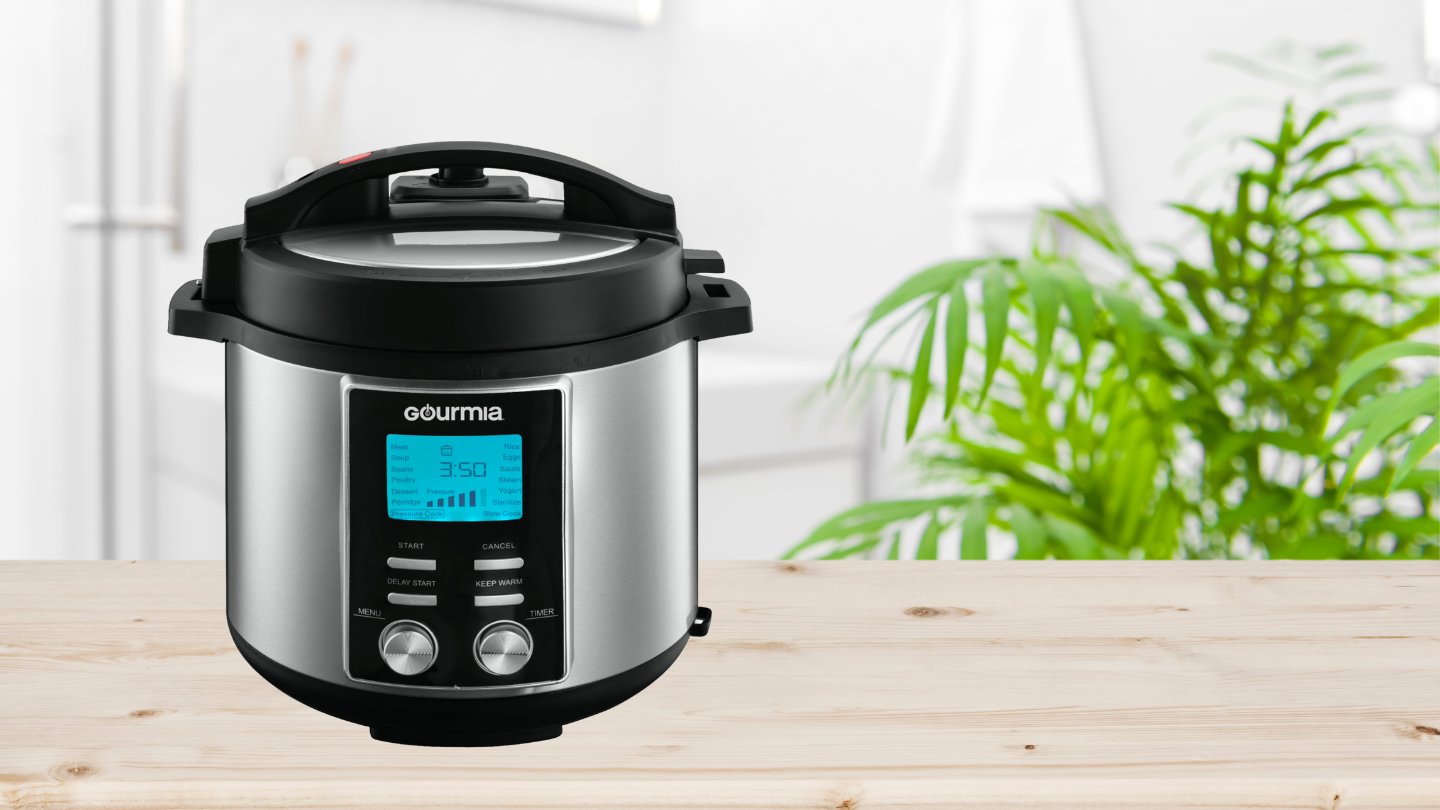
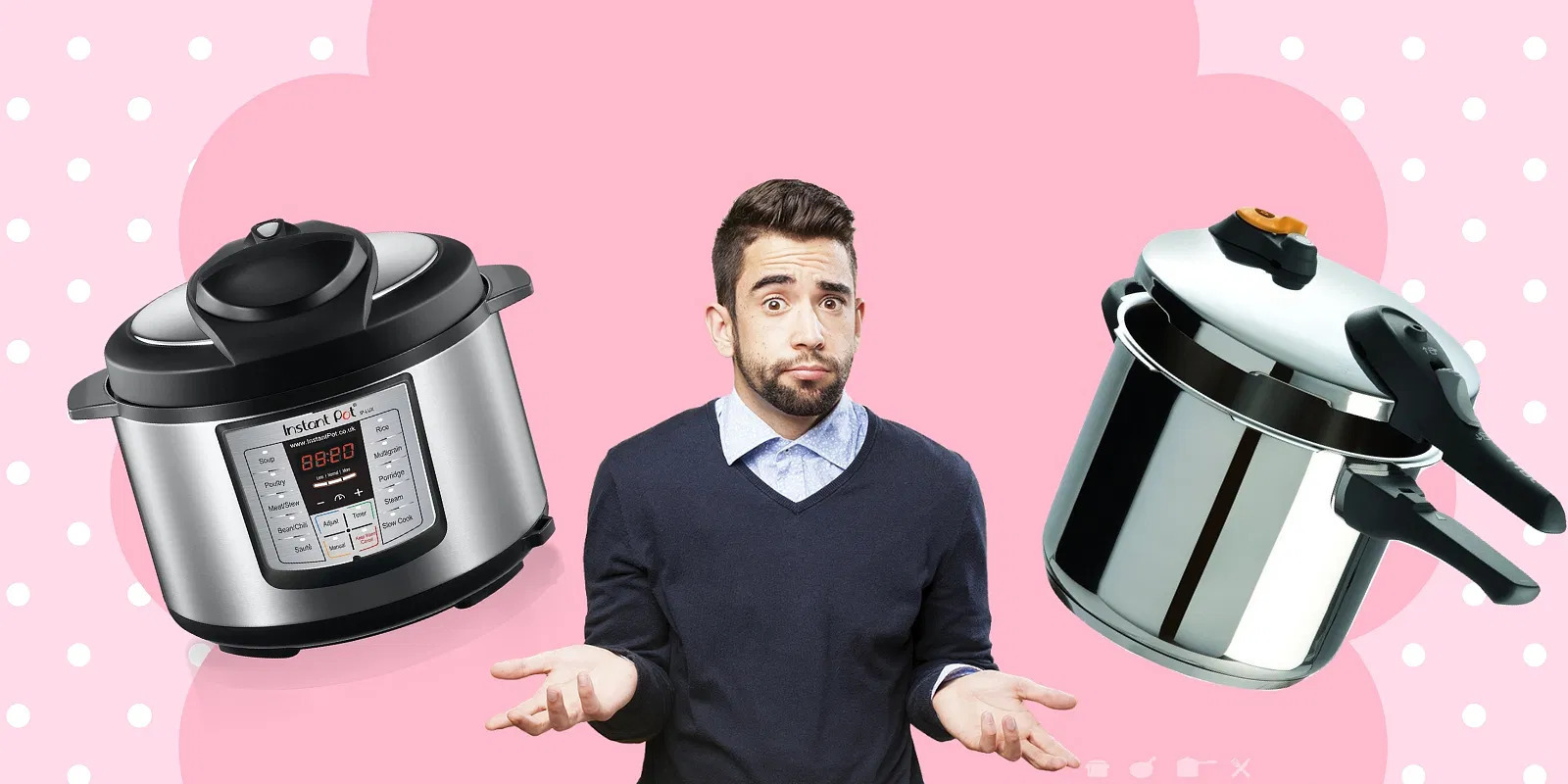
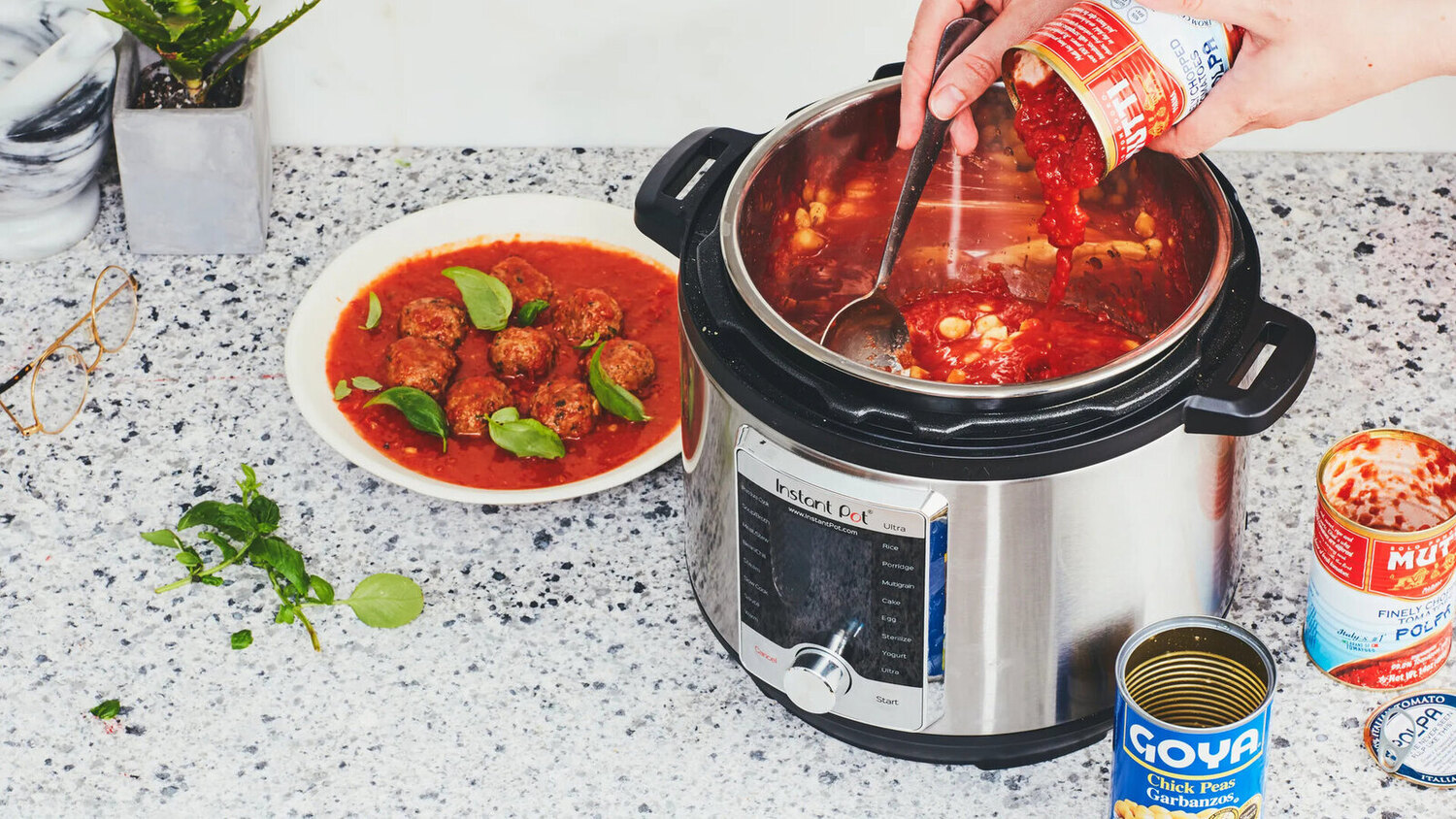
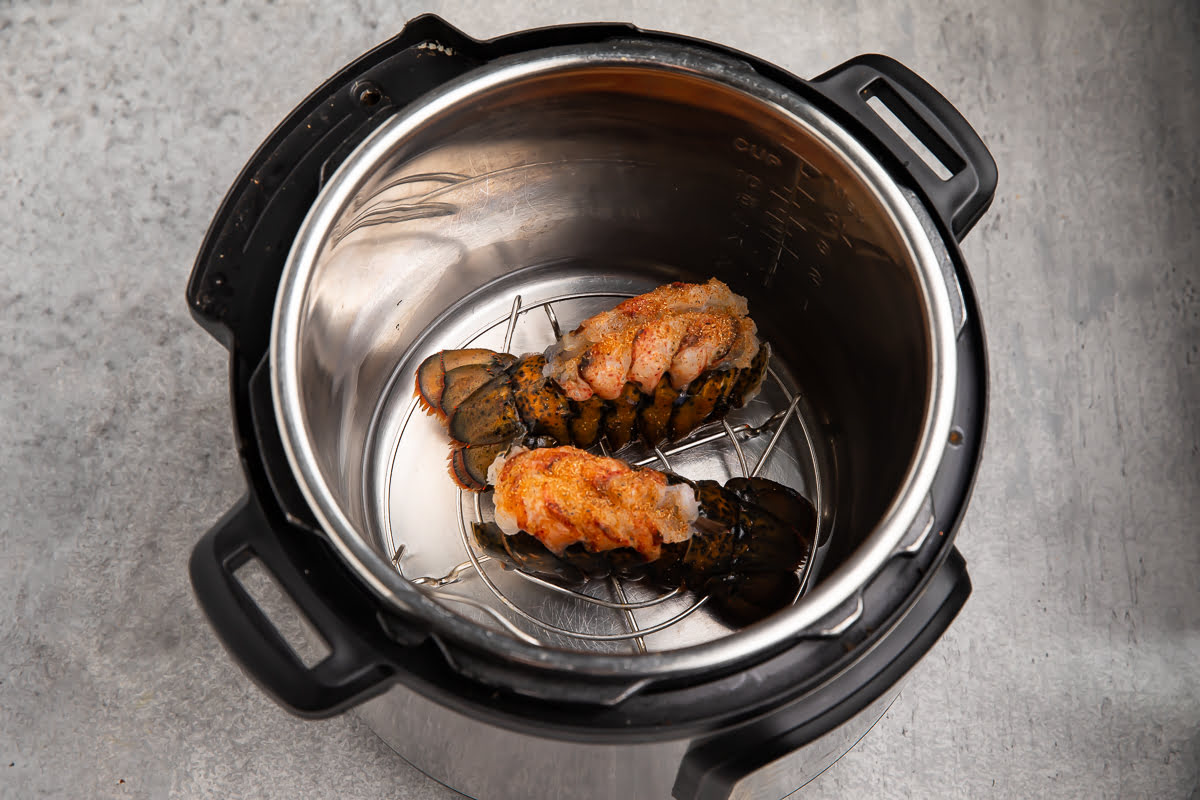
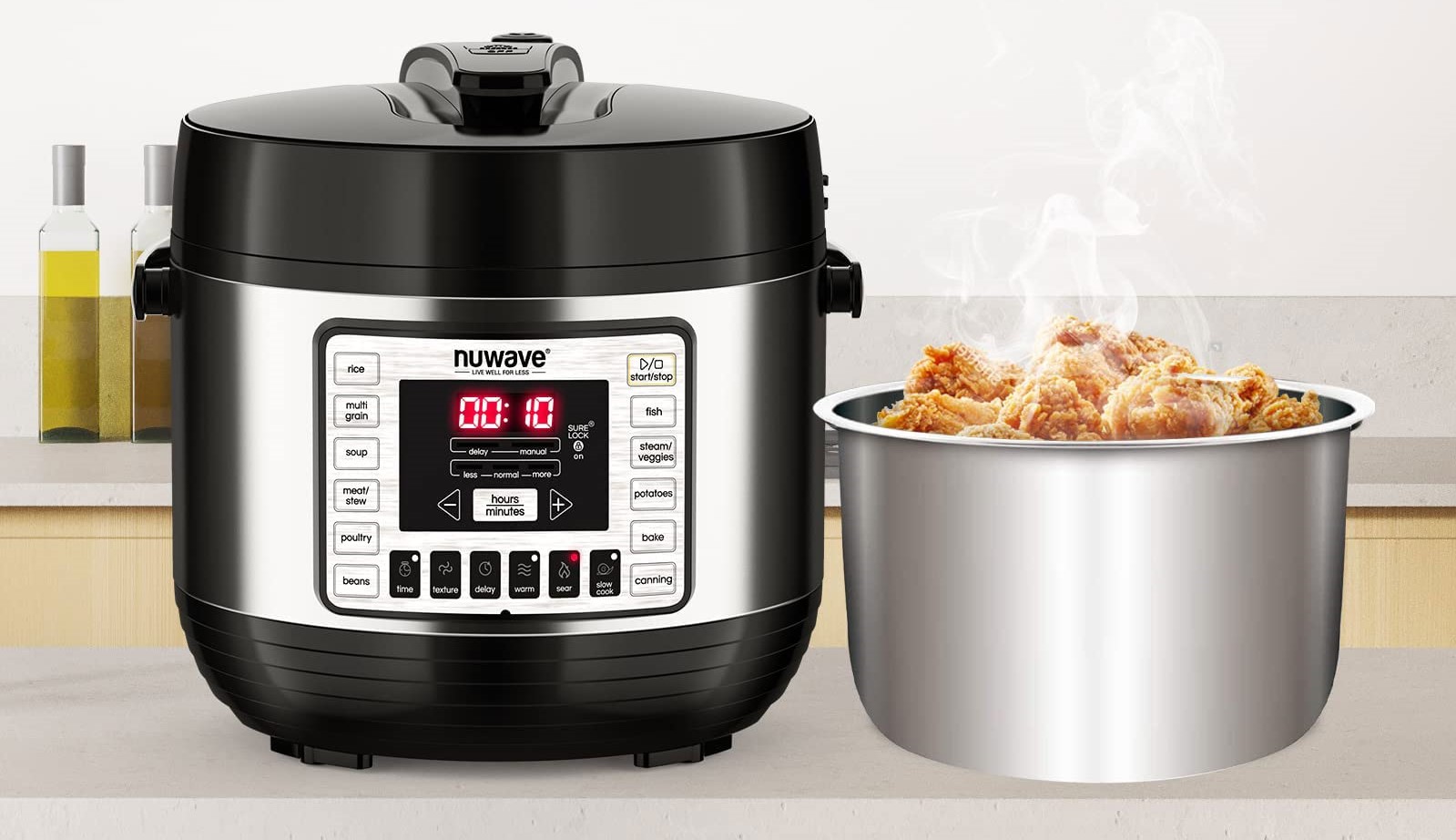
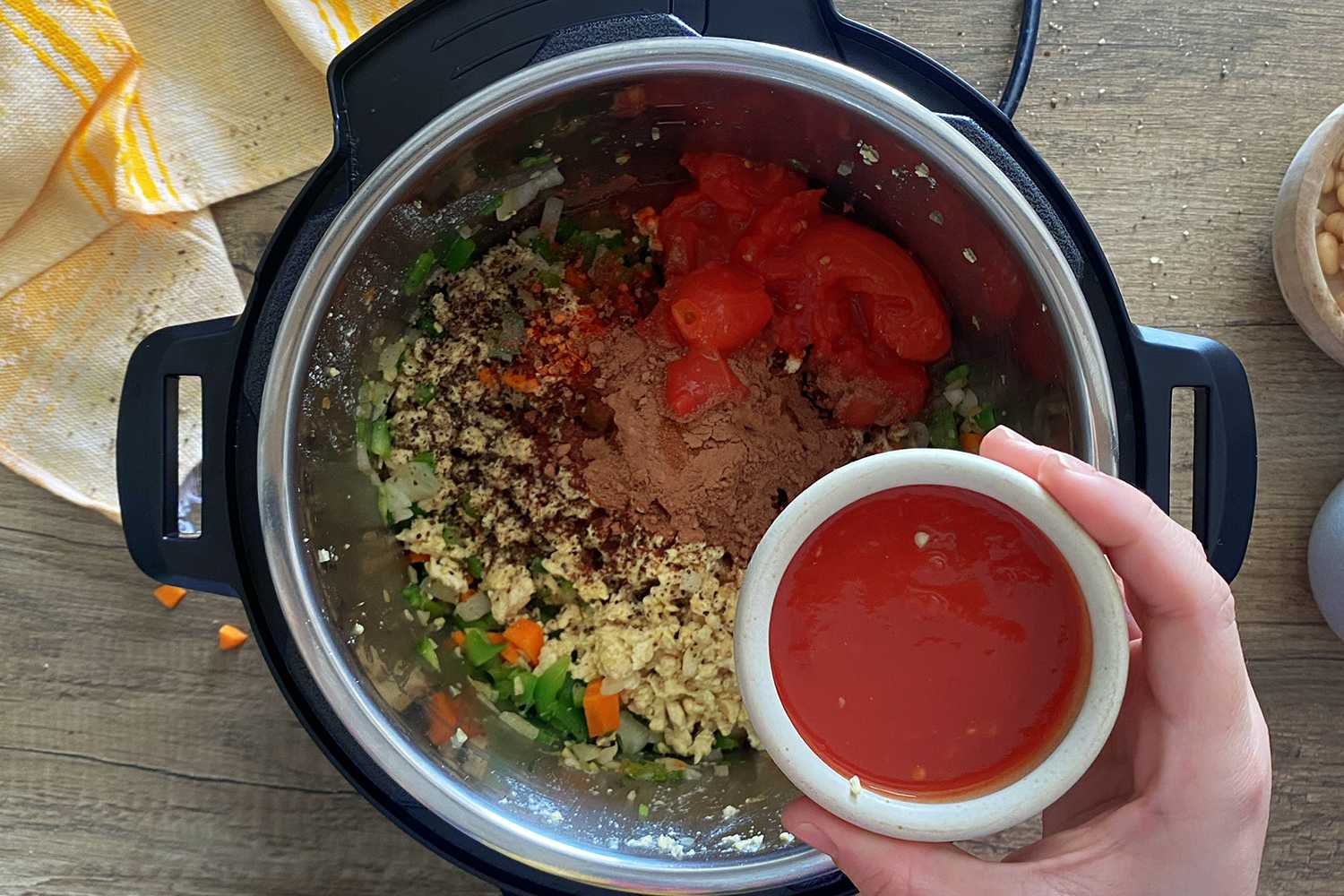
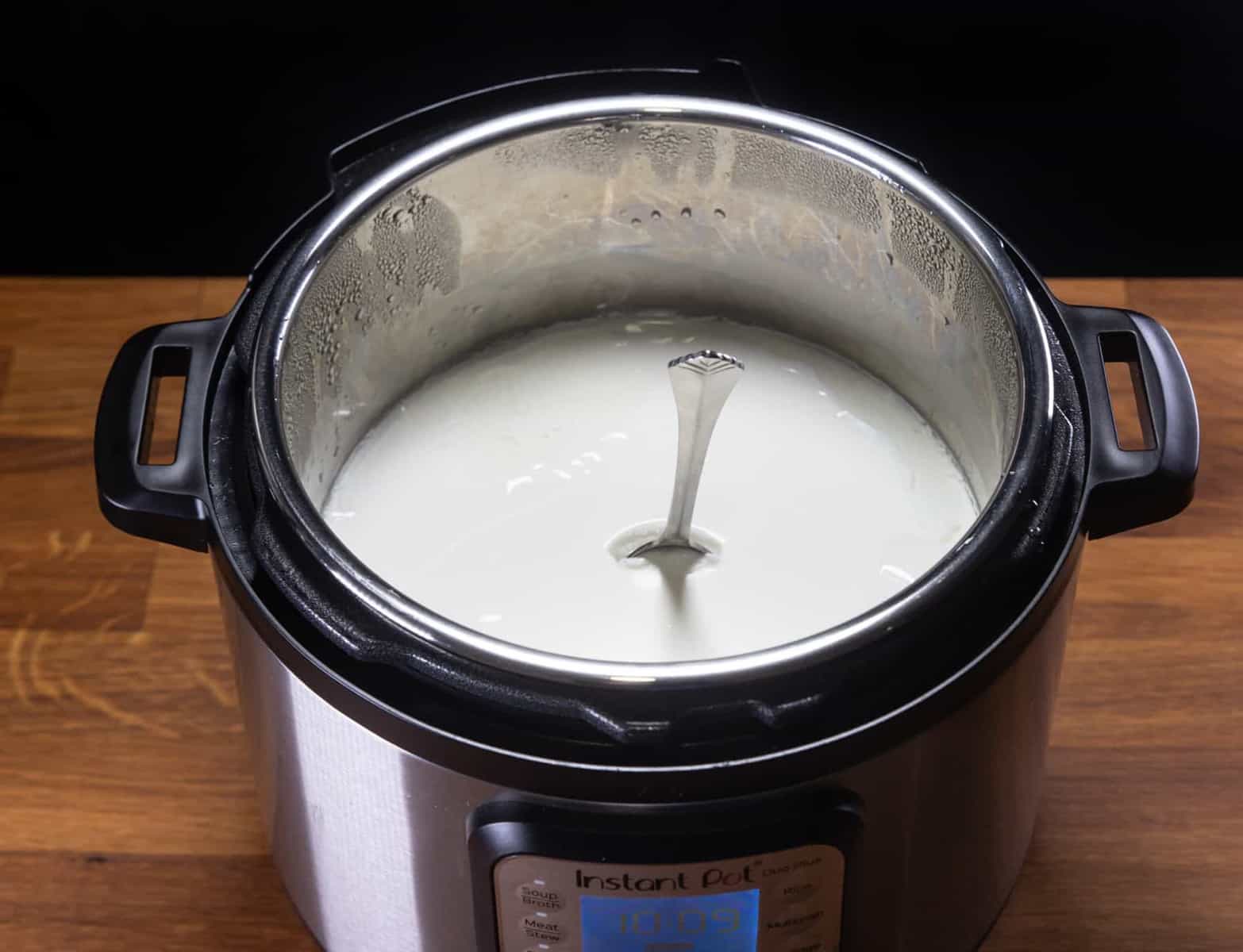
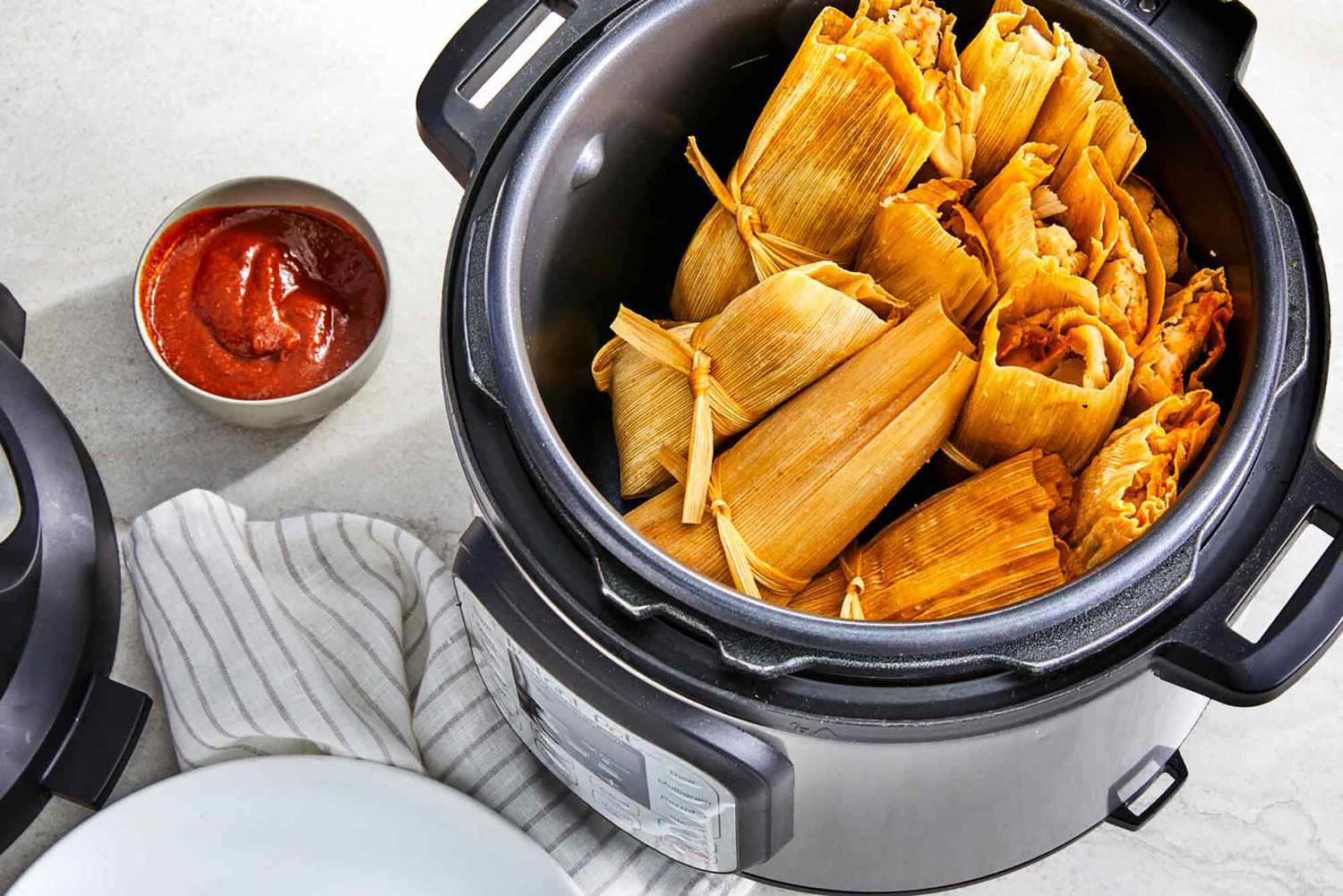

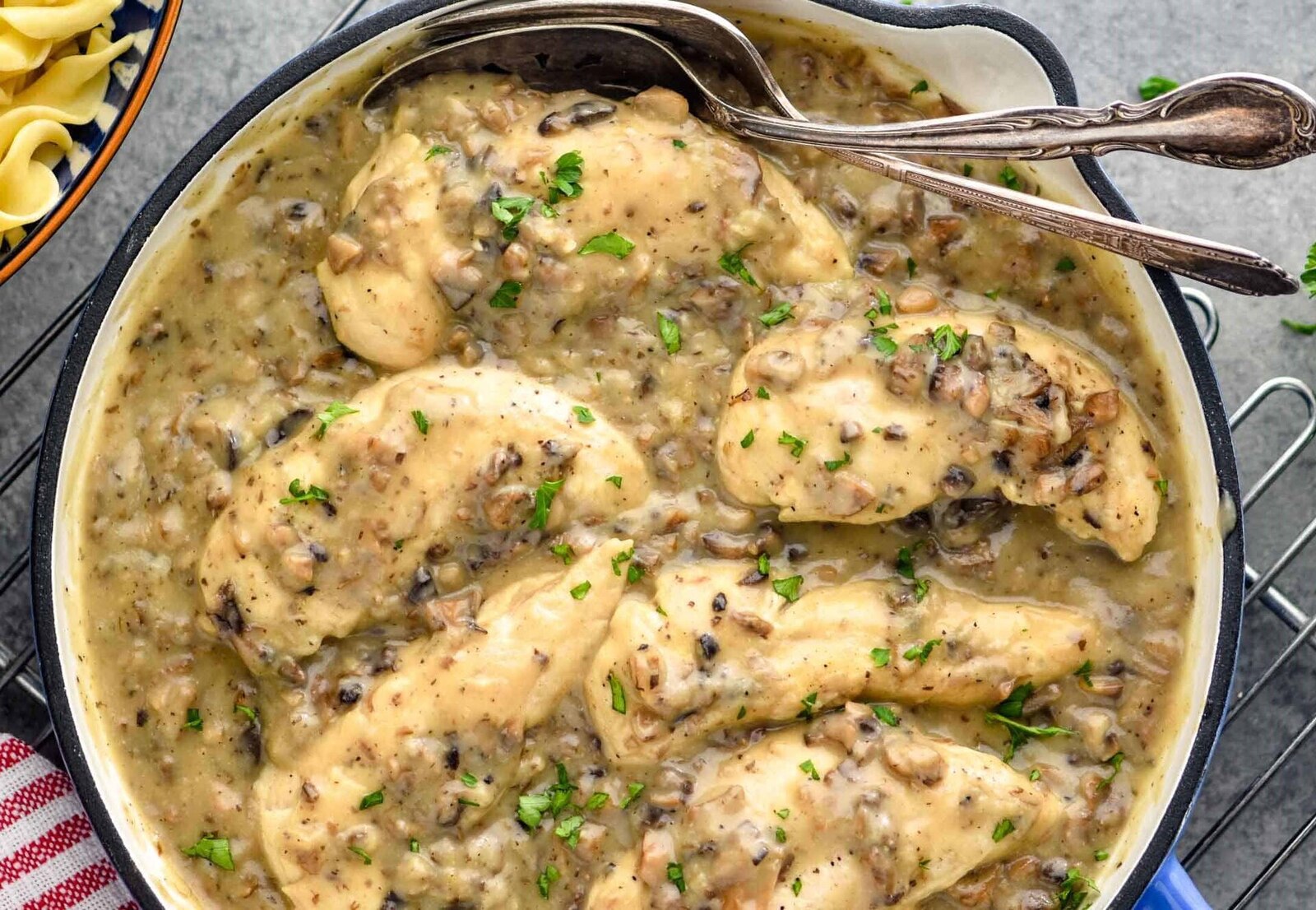
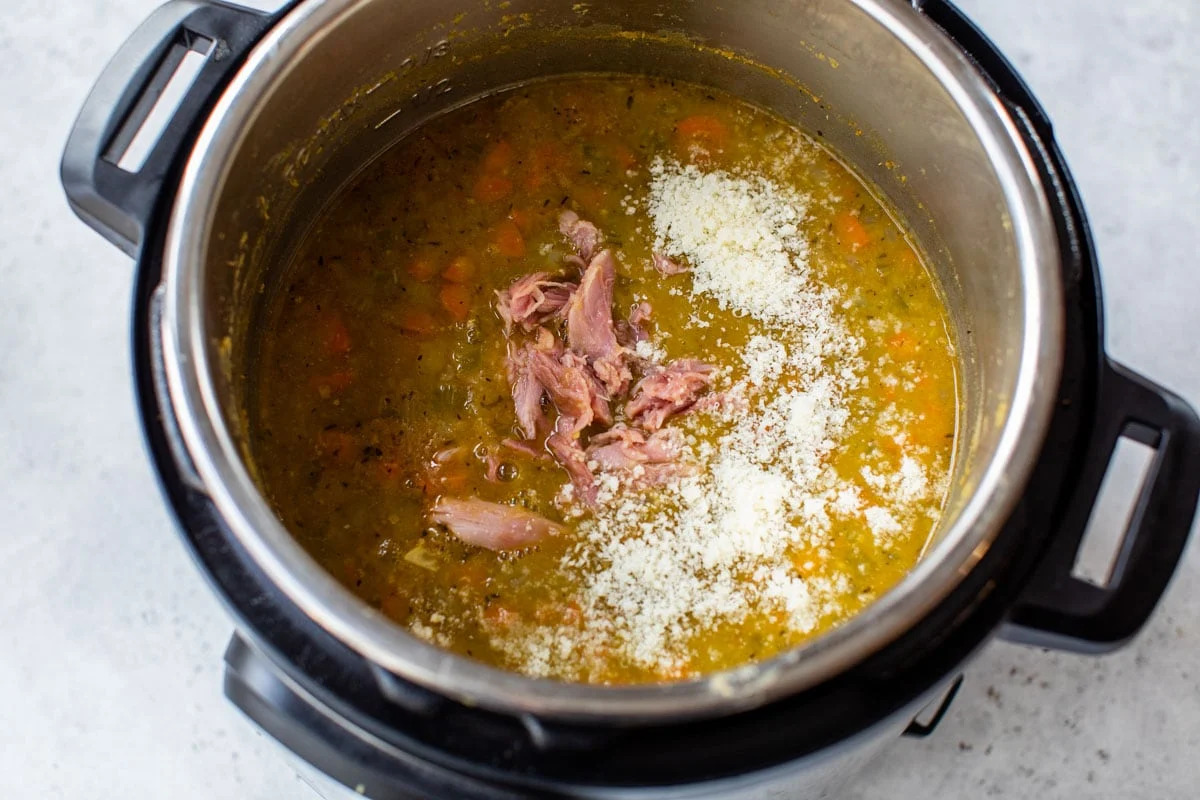
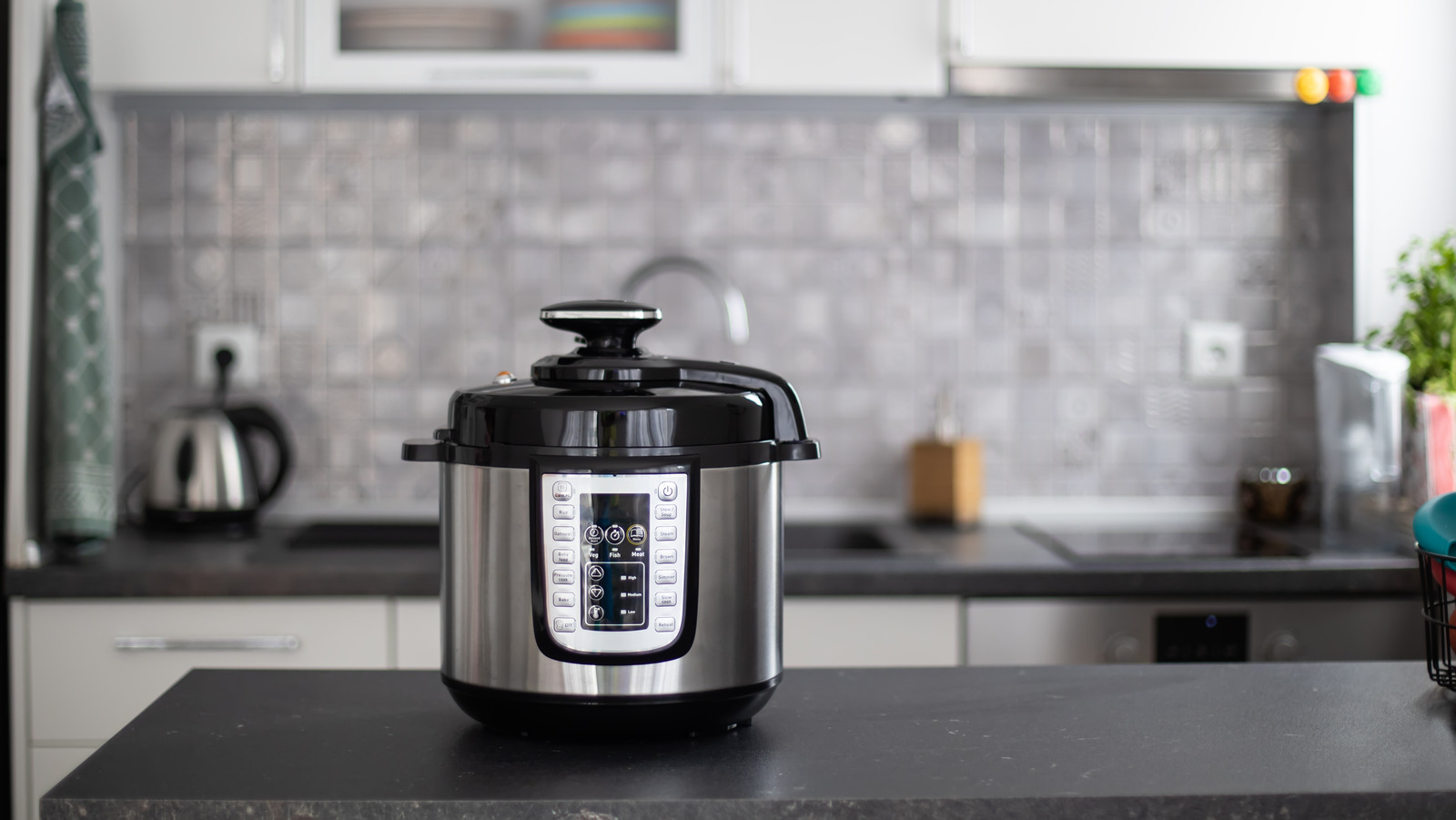
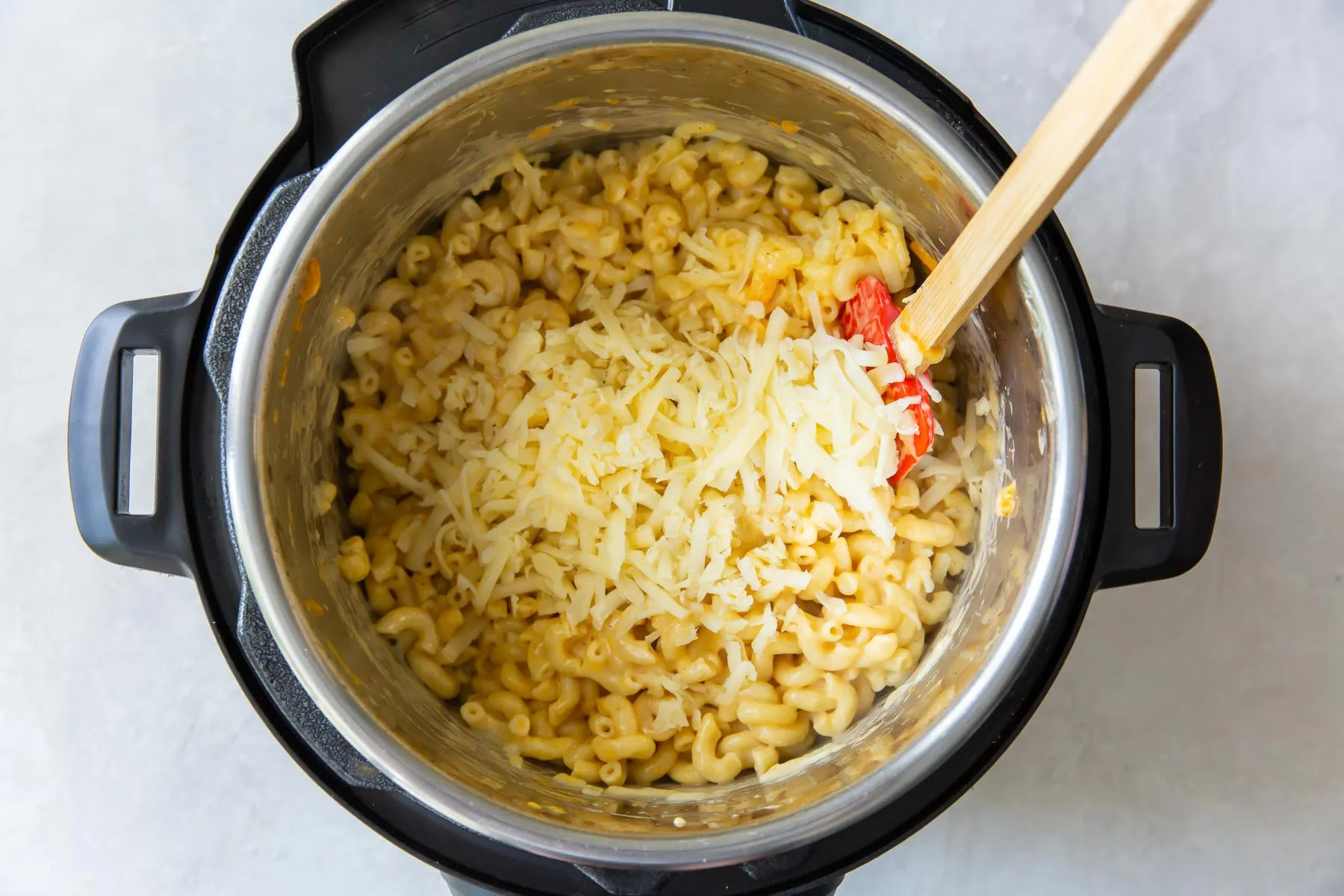
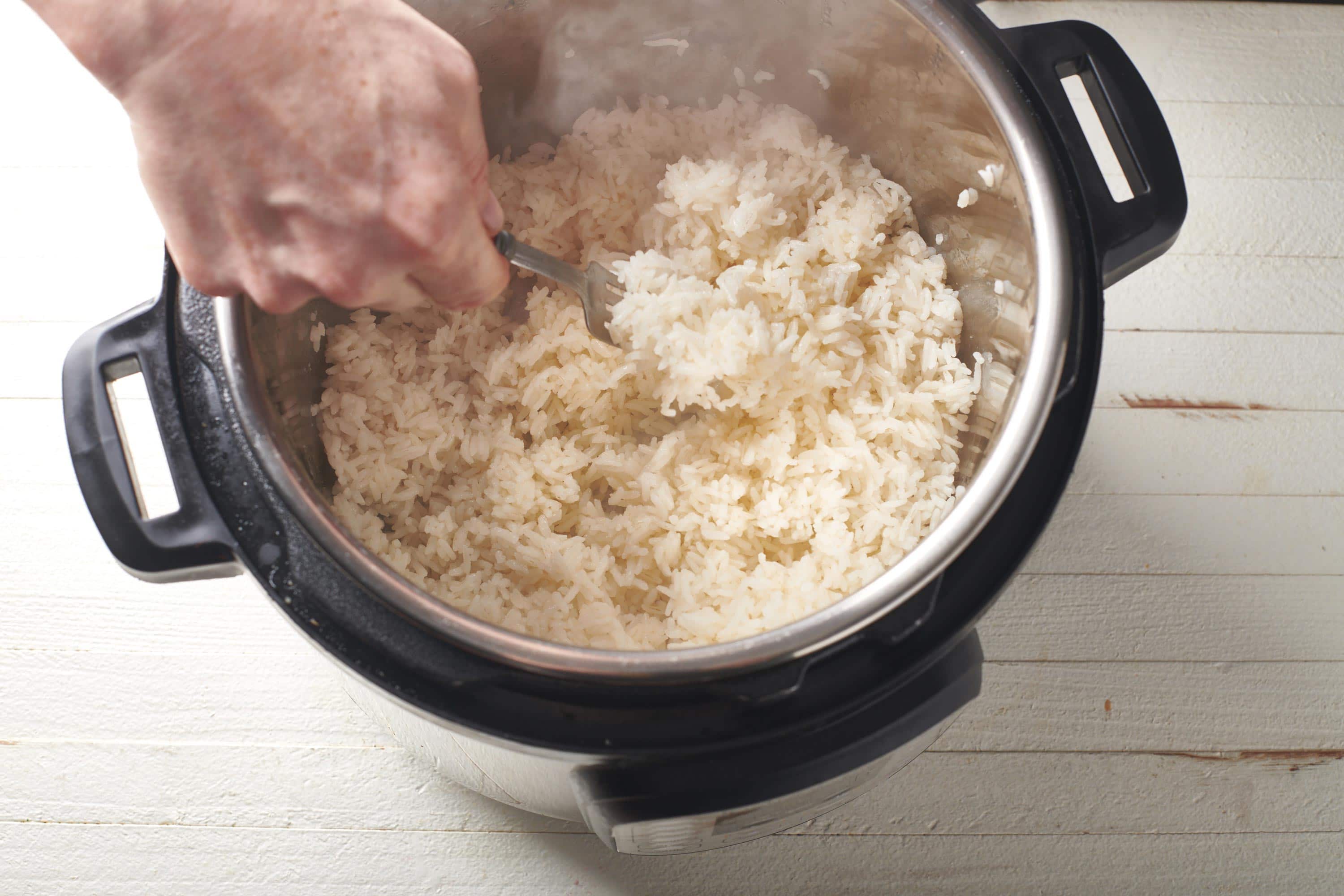

0 thoughts on “Do You Close The Vent When Slow Cooking With An Electric Pressure Cooker”